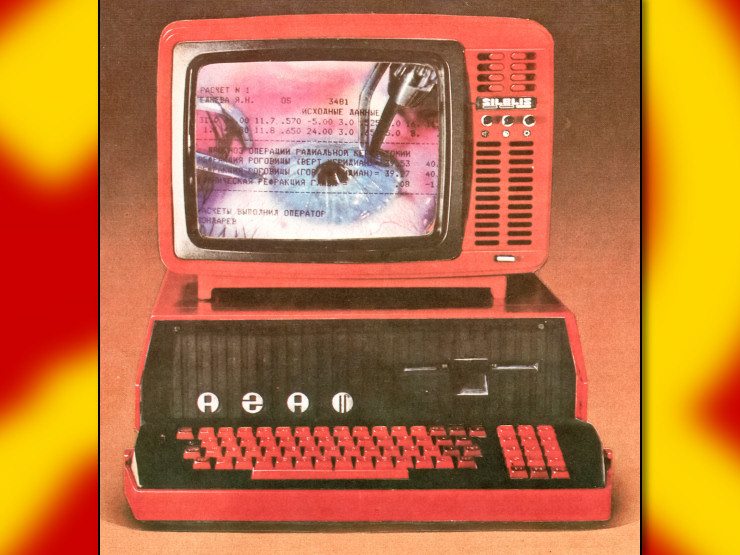





Fedora, it fucking slaps and worked right out of the box. I’m using it for work and play on my main rig! I dual boot for some very specific hardware things that are not normal, but other than that it’s been seamless! When I booted into Windows 10 again, they auto installed copilot… Glad to be done with this crap.
If I may ask, what specific hardware?
For my use case with proprietary hardware I use USB Passthrough with QEMU (Virt-Manager)
Anker webcam, rgb lighting, a handful of stubborn games (pirated) on the software side. I need to learn new photo editing software too, so I may have to pop in for Adobe here and there. Other cases may arise. I’ve used QEMU on my proxmox server, but I don’t really know what I’m doing with it.
For games you can use Lutris and/or heroic with WINE and Proton.
RGB stuff you can use OpenRGB.
The Anker webcam doesn’t work with your Linux install? What model?
I hear Gimp is getting a big update here in the near future. Not sure your use case. I don’t do much photo editing anymore.
Virt-Manager is straight forward, and is a GUI that can work with QEMU.
Hope this helps :)
Thanks!!
It works just fine, but I can’t change the hardware settings like FOV, focus, white balance, etc.
Darktable is a rather capable alternative to Lightroom
For photo editing, Gimp is about the same as Photoshop from 10 years ago.
For digital painting, Krita is good. I’m not a digital painter so I can’t say how good.
For vector and design stuff, Inkscape is better than Illustrator. It’s really good. (Except every non-Linux build of it I’ve used has been weirdly unstable.)
I’ve switched over to Krita from CS6, haven’t done anything super complicated yet but so far I’ve loved the UI/UX and haven’t found anything missing (unless you need stuff like built-in pantone colors)
Post the output of your lsusb. I bet the camera and lights aren’t hard.
I don’t think that’ll help, the main thing is that the software isn’t available for the Anker camera on Linux, I looked around and there wasn’t a fix that people found. But getting on the windows app to change the settings makes them stick accross platforms. I just bought a cheap SSD to migrate windows to. There’s also the weird random errors that I’ve gotten in the past and one just happened - played a game with my gamepad and suddenly the whole system decided to sleep… I’ll figure it out over time, but I need a fallback in case things go south, I need my computer to make a living.
Oh you’re tied to ankerwork huh?
I had a similar situation a while ago. Added some ram to the workstation and ran the software in a qemu vm. You can pass through the device directly to the virtual windows install. I did it with an industrial cnc mill before it had complete Linux support.
Teach me your ways great sage! You speak a language I only vaguely understand. My system has plenty of power to run a VM on the side.
Qemu is the virtualization software on the backend. When you have a problem you can look it up like that and find lots of help. Virt-manager is the front end you can control it with.
Once you made a vm profile or whatever, there’s an option way down at the bottom in virt-manager that lets you pick devices to directly pass on to the virtualized system.
The only thing I’d suggest is making sure you have enough ram to block out some decent amount for your windows vm. Ten “will” boot up with just two gigs but I ended up allocating eight to it so it could actually run updates and function.
Is 32gb DDR4 3600 enough?
Yeah I’m sure you’ll be fine with that.